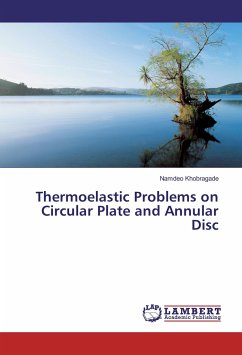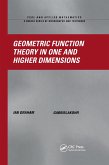High Quality Content by WIKIPEDIA articles! Given a holomorphic endomorphism f:Sto S on a Riemann surface S we consider the dynamical system generated by the iterates of f denoted by f^n=fcircstackrel{left.nright)}{cdots}circ f. We then call the orbit mathcal{O}^+(z_0) of z0 as the set of forward iterates of z0. We are interested in the asymptotic behavior of the orbits in S (which will usually be mathbb{C}, the complex plane or mathbb{hat C}=mathbb{C}cup{infty}, the Riemann sphere), and we call S the phase plane or dynamical plane. One possible asymptotic behavior for a point z0 is to be a fixed point, or in general a periodic point. In this last case fp(z0) = z0 where p is the period and p = 1 means z0 is a fixed point. We can then define the multiplier of the orbit as = (fp)'(z0) and this enables us to classify periodic orbits as attracting if 1 and indifferent if = 1. Indifferent periodic orbits split in rationally indifferent and irrationally indifferent, depending on whether n = 1 for some ninmathbb{Z} or rho^nneq1 for all ninmathbb{Z}, respectively.
Bitte wählen Sie Ihr Anliegen aus.
Rechnungen
Retourenschein anfordern
Bestellstatus
Storno








